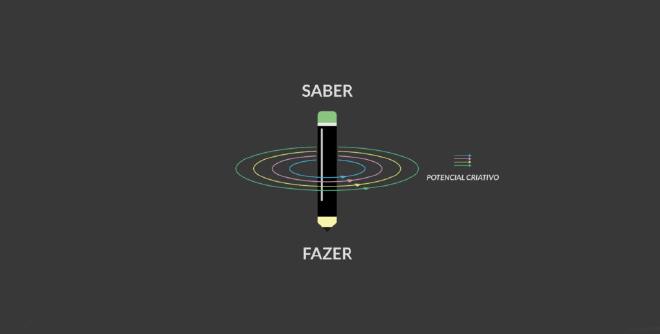Design's Place is in School

Table of Contents
No matter who you talk to about education, the unanimous opinion is that schools need to reinvent themselves to meet the demands of today’s world.
Researchers claim that the fourth industrial revolution, driven by technologies such as artificial intelligence, machine learning, and digital manufacturing, will radically change the landscape of skills needed to succeed in the job market in the coming years.
With the world changing increasingly rapidly, skills such as creativity, innovation, critical thinking, communication, collaboration, learning to learn, and problem-solving are now seen as essential abilities for success in today’s economy.
According to The Future of Jobs report published in 2016 by the World Economic Forum, the 3 most essential skills for our economy in 2020 will be, first, complex problem solving, second, critical thinking, and third, creativity.
Public policy makers, theorists, and education professionals refer to teaching “21st Century Skills” as a sure path to better prepare our students for the future.
The challenge is that teaching these skills is still a major hurdle. According to The Nature of Problem Solving - Using Research to Inspire 21st Century Learning report published in 2017 by the OECD - Organisation for Economic Co-operation and Development, there is little research on some of these 21st century skills, with some being difficult to define or specify for measurement. The report also states that, in many cases, it is even more difficult to find methods to develop them within the classroom.
How can Design methods help? #
Many people when they think about Design immediately think of tangible things, like a different car, stylish clothing, or well-designed products. But just as the world has become more complex and more products and services have come to exist, Design has also expanded. Today designers help design applications and even redesign the experience of withdrawing money from a bank.
What unites the work of different designer profiles is the aspect of solving problems that make the world better for people and the fact that they use a series of methods and work mindsets for this, now popularized by the term Design Thinking.
My experience as a Product Designer and as a Professor of undergraduate and graduate Design courses makes me believe that design methods and tools can help school teachers develop many 21st century skills in their students and, furthermore, awaken in them the feeling and motivation that they can make a difference in the world.
Designers learn that they need to always learn #
Most design problems don’t have a clear and immediate answer. To generate the ideal solution for a problem, the designer uses empathy to interact with those involved in a problem, in order to extract their needs and motivations before producing any solution ideas. Taking the example of a cell phone, this would involve everyone from the product customer to the manufacturer, the brand owner to the store salesperson who sells the phones. At the beginning of a design project, the nature of the designer’s work is investigative and the designer’s challenge is to build a clear and personal vision of the problem, and with each new project they need to learn to learn again. Right there, a series of 21st century skills have been used - communication, critical thinking, learning to learn - and we haven’t even reached the creative part of a project.
The designer’s creativity lies in connecting knowing and doing #
The idea that designers are naturally creative is a stereotypical idea and is far from representing the way designers generate solutions to problems. Designers study fields of knowledge analogous to problems and learn to use techniques to connect apparently disparate concepts, in order to generate innovative ideas. Finally, designers use specific techniques to experiment and test the adequacy of their ideas to the reality of the people involved. Through generating drawings, storyboards, role-playing, building prototypes, and constantly presenting these for evaluation by those involved in the problem, the designer is able to validate their ideas and integrate new knowledge into their solutions.
As can be observed, designers exercise their creativity in a quite structured and systematic way, which can illuminate the path for educators interested in new ways to teach creativity to their students.
Thinking like a designer: a skill for the future #
With a society that is changing increasingly rapidly, we need to be creative in preparing young people for future challenges. Design Thinking presents to the world the way designers think and solve problems. The methods, tools, and approaches promoted by Design Thinking exercise important skills for the 21st century and can be taught, as is done every day in designer training courses. Once adapted to the needs and requirements of the school environment, Design Thinking can offer a structured process for students to develop essential skills and acquire the confidence necessary to solve problems and succeed in the future.
References
(1) Csapó, B and J. Funke (eds.) (2017), The Nature of Problem Solving: Using Research to Inspire 21st Century Learning, OECD Publishing, Paris. http://dx.doi.org/10.1787/9789264273955-en (2) World Economic Forum (2016), The Future of Jobs Report – Employment, Skills and Workforce Strategy for the Fourth Industrial Revolution. http://www3.weforum.org/docs/WEF_Future_of_Jobs.pdf last accessed on 19/04/2017 (3) Organization that develops the PISA education assessment program every 3 years